As I gear up for the Kickstarter and launch for Mime, I find myself reflecting on how I got to where I am – a debut novelist with a book about to be published. Here are 10 books that have shaped my writing journey, from my early teens to now.
The Rats – James Herbert

My parents read two authors while I was growing up. Wilbur Smith and James Herbert. I had my own books (the Redwall series by Brian Jacques was a big favourite) that had introduced me to MG fantasy, but when I cracked open The Rats and read James Herbert’s visceral descriptions of people being eaten alive (not to mention more sex than an 11-year old can healthily process) it was like the concept of “a book” changed. The wider world of fiction held so much more than rats that talked and used swords, it had rats that ate people.
Even though this was long before I started writing, in hindsight there’s quite a bit of Harris and Pender from The Rats and Lair in my male characters – normal guys, not particularly qualified to be heroes, doing the best they can in the situation.
I also read some of the Wilbur Smith. Also lots of sex education there. But Smith wrote characters I didn’t really like, so I don’t think he had such a strong influence.
Feet of Clay – Terry Pratchett
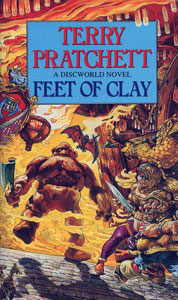
When I began to explore books for myself more, friends introduced me to Terry Pratchett and I was hooked. Thief of Time and Going Postal are two of my favourites, but I consistently loved all the titles featuring the Ankh-Morpork Watch. Vimes was one of my favourite characters; wily, tough and street smart. I’ve only come across one other character that gives me the same thrill as reading Vimes, and that’s Ian Irvine’s Xervish Flydd.
I’ve picked Feet of Clay because of all the watch titles it’s the one that is most like a crime novel set in a fantasy universe. A proper police procedural detective story.
While I’ve never read much crime fiction, I love crime themes and tropes woven into other genres, and (again in hindsight) I think that might be why the Weird News series has gravitated more and more towards being mysteries/thrillers rather than more middle of the road urban fantasy. Of course, for a very long time, I didn’t know that anyone but Sir Terry could get away with such genre blending antics.
Dime Store Magic – Kelley Armstrong

This book was my introduction into the genre of urban fantasy. Kelley Armstrong quickly became a favourite author of mine. It was on her fan forum that I made some lifelong friends, took my first steps as a writer and learned about fan fiction.
As with James Herbert’s characters, the love interest in Dime Store Magic, Lucas, wasn’t a buff alpha male type hero. He was a kinda skinny guy with glasses who was wicked clever and brave. Which could also be an accurate description of Elliot in Mime.
If I’d started out reading Bitten, the first in the series, I may never have continued. Clay and Elena’s angsty co-dependent vibe never chimed with me as much as Paige and Lucas’s tentative respect and partnership. Theirs was the kind of love story I wanted to write.
It wasn’t long after reading this book that I started to consider the idea of being a writer. When I started writing seriously, I would point to Dime Store Magic and say; “That! That is the kind of book I want to write.”
The Mammoth Book of Paranormal Romance
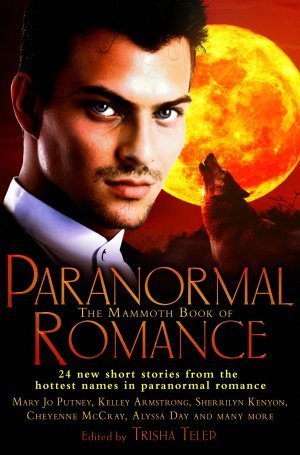
This is a bit of an odd one, but it was strangely influential in that it gave me a taste of lots of paranormal romance authors and gave me confidence that what I wanted to write would fit into the genre. It also encouraged me to try short story writing, which was an important step in my development as a writer.
I’ve drifted away from PNR more and more as I’ve settled into my writing identity, but there are still hints of that genre in what I write, and I may move back towards it one day.
How Not to Write A Novel – Mittelmark & Newman
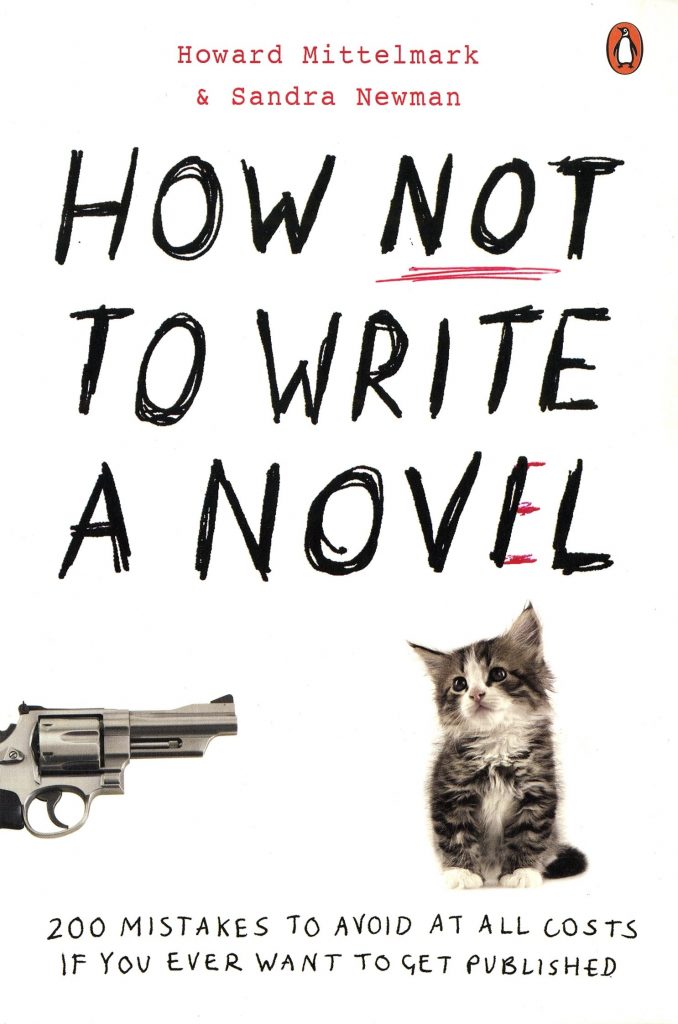
Now we’re up to the point where I’d decided I wanted to write seriously. That I wanted writing to be my career and I’d started trying to learn and improve.
How Not to Write A Novel was the first writing advice book I read cover to cover. It wasn’t prescriptive in the way most dry “How To” guides are, it was funny and interesting and the information stuck with me.
I learned a huge amount from this book, but I also learned how to label some of the things I was already doing. It gave me a confidence boost to know that, out the gate, I wasn’t doing too badly. I wasn’t making the worst mistakes I could make.
The second writer’s guide that I took a lot from was Self Editing for Fiction Writers (Browne & King), which helped me take the first steps towards understanding my own process.
Crimes Against Magic – Steve McHugh
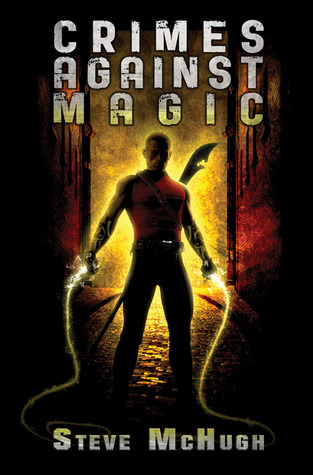
I was one of Steve McHugh’s beta readers for his first novel. I thoroughly enjoyed it and at the time it was inspiring to read the work of another nascent author who was just like me. It read like a book I might buy and yet it was not a published book. Steve was not a published author. Reading his work shattered the idea that there was any difference between me and a “real” author and inspired me to keep working so I could get there too.
In the last 10 years, Steve has written and successfully published thirteen books. To know someone, personally, who has made the journey from beginner to best-seller is the most amazing inspiration.
London Falling – Paul Cornell
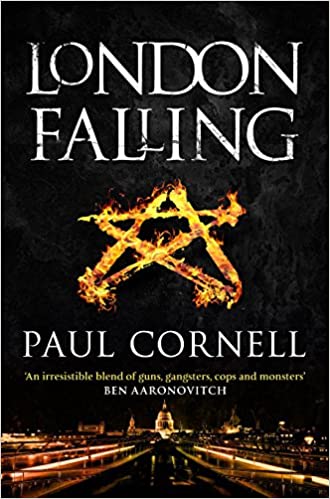
Paul Cornell was a name that kept popping up within my writing sphere. As with Steve, Paul felt like one of those human authors who wasn’t so far removed from where I was. And when names keep cropping up, one feels honour bound to read some of their work, in case one happens to bump into them at a convention.
So I put London Falling on my Christmas list one year and eventually read it, and then had an epiphany. Police procedural magical realism was a thing! I literally started walking round my house with the book thinking that here was an example of what I had been trying to do but with no clear direction or purpose.
Mime is not a police procedural, but it has investigation and a bad guy to stop. I’d been thinking of it as urban fantasy, possibly leaning towards horror, but suddenly I knew what it wanted to be. It wanted to be a supernatural thriller. It wanted to sit on the shelf next to Paul Cornell and Jim Butcher and Ben Aaronovitch, not next to the semi-clad werewolves at the paranormal romance end of urban fantasy.
Interestingly all of these authors have been writing in the last 10 to 20 years. I feel like Mime is launching just as this sub-genre is really finding its feet, and that is very exciting indeed.
Storm Front – Jim Butcher

I discovered the Dresden Files while trying to map out and identify this genre, now that I knew it existed, and so next on my reading list was Storm Front.
I could see so much of my style in this book. So much of the structure and format I was already writing. Seeing such a popular author approaching story-telling in a way I could identify with was a kind of validation. Confirmation that what I was writing had a target audience. At the same time, there’s a lot that isn’t similar, mainly with the characters. And that’s good too, because I still haven’t found anyone doing exactly what I do, and maybe that means I have something unique to offer.
Both Cornell and Butcher, (and lately Aaranovitch), have helped me to embrace the mystery/thriller elements of my style, which aren’t just plot points within an urban fantasy story, they are the genre. My genre is supernatural thriller and I want to own that.
While Mime quite loosely fits that definition, Hunters will be smack in the middle of it.
Kill The Black One First – Michael Fuller
This is one of two books I’m including on this list because they made a direct contribution to Mime. In particular the character of DI Richard Yates, who I did not do justice to in the early drafts. He doesn’t get a lot of screen time in Mime but he will become a bigger part of Elliot’s life in the next book.
I couldn’t seem to connect with Yates. I couldn’t work out how his racial background and his life experiences informed his personality and how I should then convey that on the page.
At the Hay Festival one year, I had the opportunity to see Michael Fuller speak about his experience of being a black police officer in London in the 70s, 80s and 90s.
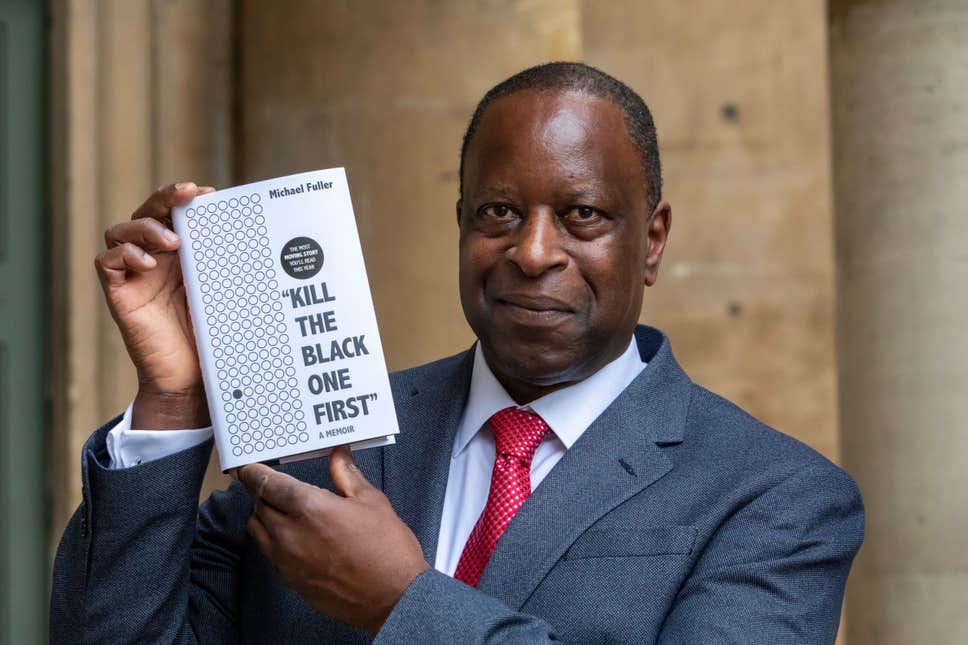
It was a fascinating talk and I immediately bought his book and began reading. Not only did Fuller’s life closely reflect my character’s backstory, but he also offered a lot of insights into how his own reactions and handling of his experiences differed to that of others in the same situation. Yates is very different to Fuller, but the insights I gained from reading Fuller’s memoir helped me puzzle out the character and make him more real.
I’m sure I will turn to more memoirs and biographies for research in the future now.
A Dictionary of Demons – Fred Gettings
Jumping back in time a little, to when I first started attempting to write Mime (c.2009-12), A Dictionary of Demons by Fred Gettings gets a mention for providing the basis of so much of the lore and demonology in Mime. It was a book I found in the Cardiff City Library while there for the express purpose of researching demons.
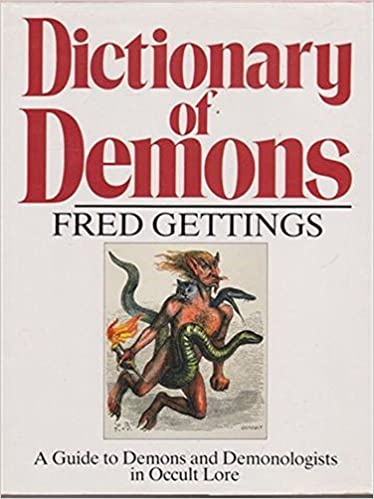
I recently sought out and bought my own copy, because I felt I should have it on my shelf, given what it has contributed.
